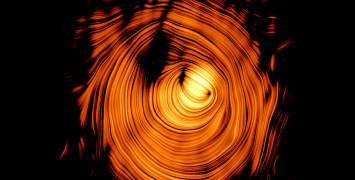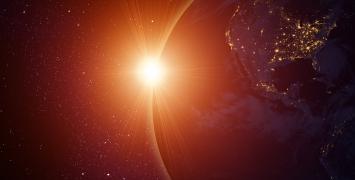TRAPPIST-1: findings show exoplanets made of rock and water
In 2016, a team of researchers led by EU-funded astronomer Michaël Gillon at the University of Liège, Belgium, discovered three temperate Earth-sized planets orbiting TRAPPIST-1, an ultra-cool dwarf star just 40 light years from Earth. A few months later, Gillon surprised the world with the discovery of a whole planetary system made of a total of seven planets around this star. A set of new studies reveals today the nature and composition of the planets, shedding light on their potential habitability.

The four studies published today are essentially based on the intensive observations made by the terrestrial telescopes TRAPPIST and SPECULOOS and the space telescopes Hubble and Spitzer. Focusing on the mass, radii, and first atmospheric constraints of the exoplanets, the latest findings confirm the terrestrial and globally rocky nature of the TRAPPIST-1 planets. They also suggest a high presence of water, up to five percent of their mass and about 250 times more than Earths Ocean. The closest planets to TRAPPIST-1 star could be surrounded by dense steamy atmospheres, much thicker than Earth's. The more distant ones may have water frozen on their surfaces.
However, "the best is yet to come", says Michaël Gillon, co-author of the four publications. The next important step in studying the planets of TRAPPIST-1 will be the spectroscopic observation of their atmospheres using the new space telescope James Webb, which will be launched next year by NASA and the European Space Agency (ESA). "The James Webb will enable us to study in detail the atmospheres of these planets, notably to measure their composition and detect possible molecules of biological origin", explains Gillon.
Dr Gillon's focus will also be on intensifying the search for planetary systems similar to that of TRAPPIST-1". As part of his ERC-funded research project SPECULOOS that led to the discovery of the TRAPPIST-1 system, the astronomer is currently setting up an observatory at the European Southern Observatory (ESO) of Paranal in Chile. "The TRAPPIST telescopes focus on about a hundred ultra-cold stars but the SPECULOOS telescopes will target about a thousand stars. Europe trusted me to make this possible. We are now on the good path to find many interesting new planets and to learn much more about them".
Watching this video you are accepting Youtube cookies policy






